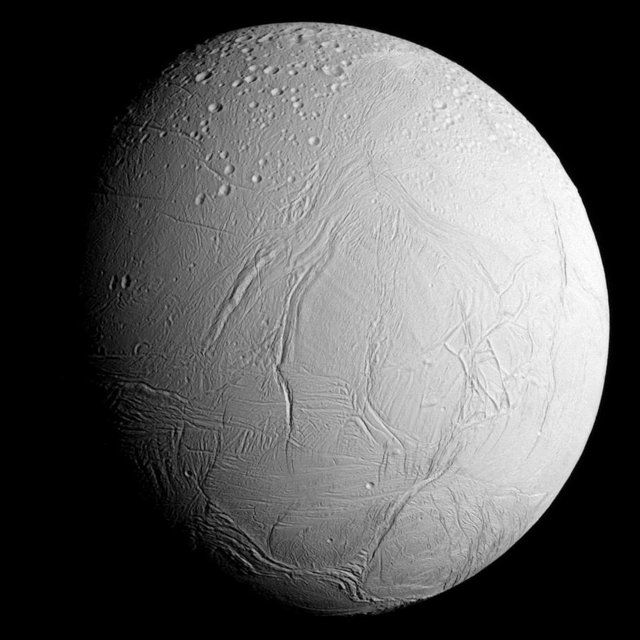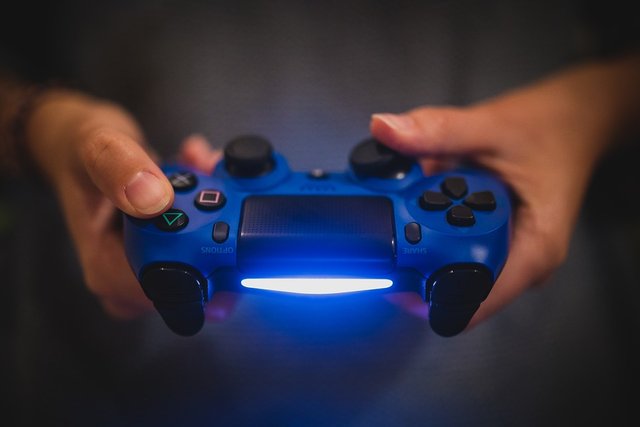Da Vinci Times #15.5
Dolphins' bereavement
That dolphins are among the most intelligent animals is not a new fact, nor that their sociality was extremely evolved. Now, some researchers have hypothesized that cetaceans are even able to "process mourning", taking care of the deceased conspecifics.

Imagine CC0 Creative Commons - Source
In addition to primates and elephants, there are no other species known to show specific condolences behaviours in the presence of conspecific deaths. A new research is now trying to show that such behavior is also present in dolphins. However, the researchers themselves are very cautious, and the lack of data does not help. In many species of cetaceans, interactions have been recorded by live individuals with cadavers, especially if they are relatives. It remains difficult, however, to understand exactly how this is actually a kind of "condolences" behaviour and when it is a clumsy attempt at assistance.
How the risk of dying changes
A group of Italian researchers has managed to establish that, beyond a certain age, the risk of death does not increase, and can sometimes decrease. The study was carried out using extremely reliable personal data.

Imagine CC0 Creative Commons - Source
The risk of death grows exponentially from 65 to 80 years, reaching its maximum around 105 years. From this age, not only does the risk increase, but in some cases (for example for individuals born in the same year), the risk decreases. To estimate the risk of death it is necessary to have a large amount of personal data available. Also due to the two world war of the last century, even in the most modern countries many birth registers have been destroyed, making the date of birth of many individuals unreliable. The researchers were able to obtain birth certificates of almost 3900 people, very high quality personal data.
Organic macromolecules on Enceladus
Analyzing the data of the Cassini probe it was possible to discover that on Enceladus, a satellite of Saturn, are present big organic molecules, probably produced by the internal hydrothermal activity of the moon.

Imagine CC0 Creative Commons - Source
The Cassini probe flew over Enceladus many times, collecting small fragments of ice that the geysers of the moon launch into space. Geysers are generated by the heat of the core, which heats up because of its deformation produced by gravitational forces. According to the researchers, the macromolecules found by Cassini are actually fragments of bigger molecules, which broke up in the impact with the probe. The presence of organic material is another clue to support the fact that under the ice crust of Enceladus there may be favorable conditions for microbial life.
Article source
Post of the day

Imagine CC0 Creative Commons - Source
Nowaday, videogames are certainly one of the most growing sectors, growth to which both young and old contribute in equal measure. But what is this great success based on? And how videogames can influence our brain?

Immagine CC0 Creative Commons, si ringrazia @mrazura per il logo ITASTEM.
CLICK HERE AND VOTE FOR DAVINCI.WITNESS
Keep in mind that for organizational reasons it’s necessary to use “steemstem” and “davinci-times” tags to be voted.
@viki.veg - @spaghettiscience - @rscalabrini
Il lutto dei delfini
Che i delfini fossero tra gli animali più intelligenti non è cosa nuova, e nemmeno che la loro socialità fosse estremamente evoluta. Ora, alcuni ricercatori, hanno ipotizzato che i cetacei siano addirittura in grado di “elaborare il lutto”, prendendosi cura dei conspecifici defunti.

Imagine CC0 Creative Commons - Source
Oltre ai primati e agli elefanti non sono note altre specie che manifestino dei comportamenti specifici di cordoglio in presenza di conspecifici morti. Una nuova ricerca sta ora cercando di dimostrare che comportamenti di questo tipo siano presenti anche nei delfini. Gli stessi ricercatori sono però molto cauti, e la scarsità di dati non aiuta. In molte specie di cetacei sono effettivamente state registrate interazioni da parte di individui vivi con cadaveri, soprattutto se si tratta di parenti. Rimane però difficile capire con esattezza quanto questo si tratti effettivamente di “cordoglio” e quando sia un maldestro tentativo di assistenza.
Come cambia il rischio di morire
Un gruppo di ricercatori italiani è riuscito a stabilire che, oltre una certa età, il rischio di morte non aumenta, ma può addirittura diminuire. Lo studio è stato effettuato usando dati anagrafici estremamente affidabili.

Imagine CC0 Creative Commons - Source
Il rischio di morte cresce esponenzialmente dai 65 agli 80 anni, fino a raggiungere il suo massimo intorno ai 105 anni. Da questa età in poi, non solo il rischio non aumenta, ma in certi casi (per esempio per individui nati nello stesso anno), il rischio diminuisce. Per stimare il rischio di morte è necessario avere a disposizione una grande quantità di dati anagrafici. Anche causa dei due conflitti mondiali del secolo scorso, anche nei paesi più moderni molti registri delle nascite sono andati distrutti, rendendo inaffidabile il dato dell’effettiva data di nascita di molti individui. I ricercatori sono riusciti ad ottenere i certificati di nascita di quasi 3900 persone, dati anagrafici di altissima qualità.
Macromolecole organiche su Encelado
Analizzando i dati della sonda Cassini è stato possibile scoprire che su Encelado, un satellite di Saturno, sono presenti molecole organiche di grandi dimensioni, prodotte probabilmente dall’attività idrotermale interna del pianeta.

Imagine CC0 Creative Commons - Source
La sonda Cassini ha sorvolato Encelado molte volte, raccogliendo i piccoli frammenti di ghiaccio che i geyser della luna lanciano nello spazio. I geyser sono generati dal calore del nucleo, che si scalda a causa della sua stessa deformazione prodotta dalle forze gravitazionali. Secondo i ricercatori, le macromolecole trovate da Cassini sono in realtà frammenti di molecole ancora più grandi, che si sono spezzate nell’impatto con la sonda. La presenza di materiale organico è un altro indizio a sostegno del fatto che sotto la crosta ghiacciata di Encelado ci possano essere condizioni favorevoli per la vita microbica.
Post del giorno

Imagine CC0 Creative Commons - Source
I videogiochi rappresentano sicuramente uno dei settori maggiormente in crescita al giorno d’oggi, crescita alla quale contribuiscono i più piccoli ma anche i meno giovani. Ma su cosa si base questo grande successo? E come i videogiochi riescono ad influenzare il nostro cervello?

Immagine CC0 Creative Commons, si ringrazia @mrazura per il logo ITASTEM.
CLICK HERE AND VOTE FOR DAVINCI.WITNESS
Si ricorda che per motivi organizzativi è necessario utilizzare le tag “steemstem” e “davinci-times” per essere votati.
@viki.veg - @spaghettiscience - @rscalabrini